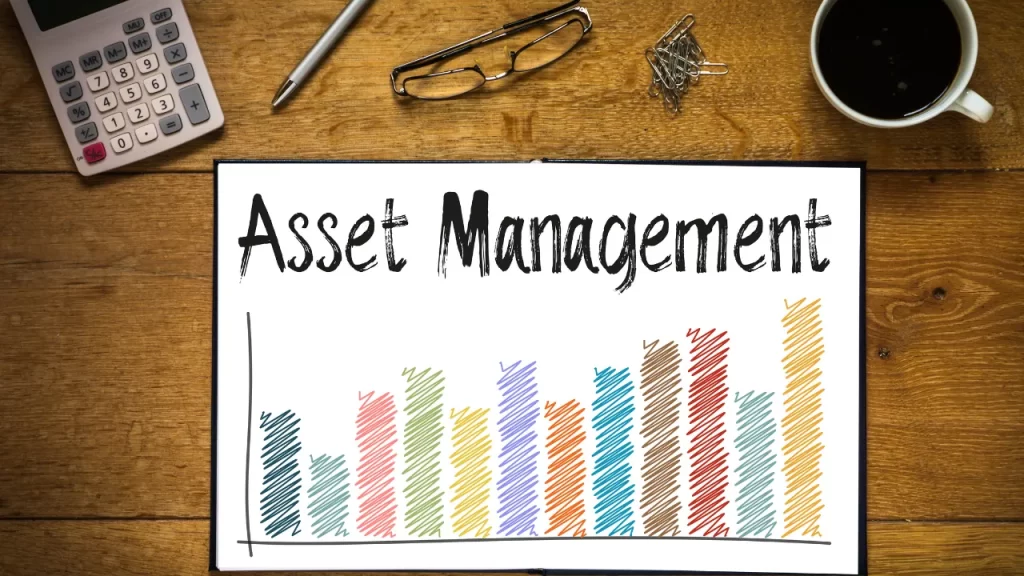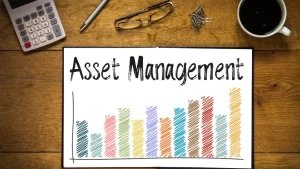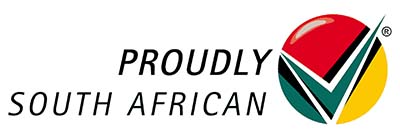For any business that owns valuable equipment, buildings, or machinery, managing those assets effectively is crucial.
This process, known as fixed asset management, ensures that physical assets are tracked, maintained, and utilized in a way that maximizes their value over time.
In this guide, we’ll cover the basics of fixed asset management, including what fixed assets are, why managing them is essential, and best practices to help you get started.
What Are Fixed Assets?
Fixed assets are long-term resources that a business owns and uses in its daily operations.
Unlike current assets (such as cash or inventory) that are consumed or converted into cash within a year, fixed assets are expected to be used for several years.
Examples of fixed assets include buildings, machinery, vehicles, and office equipment.
Fixed assets are crucial because they support a business’s operations and contribute to generating revenue. However, they also require careful management to ensure they remain in good condition and provide long-term value.
By tracking fixed assets and maintaining accurate records, businesses can optimize their usage, control costs, and comply with accounting regulations.
Why Is Fixed Asset Management Important?
Fixed asset management is vital for several reasons:
- Improving Efficiency and Cost Savings: When assets are managed effectively, businesses can reduce maintenance costs, avoid unnecessary replacements, and prevent downtime.
- Supporting Budgeting and Forecasting: By knowing the value, condition, and expected lifespan of fixed assets, businesses can plan more accurately for future expenses.
- Ensuring Compliance: Proper asset management helps businesses comply with accounting and tax regulations, particularly when it comes to recording asset values and depreciation.
- Maximizing ROI: By extending asset lifecycles and maintaining optimal conditions, companies get the most out of their investments in fixed assets.
Key Components of Fixed Asset Management
a. Asset Tracking
Asset tracking is the process of maintaining an up-to-date record of each fixed asset, including its location, status, and usage.
Accurate tracking helps prevent asset loss, theft, and mismanagement.
Many businesses use barcode or RFID tagging systems to simplify asset tracking and ensure that they always know where assets are located and how they are being used.
b. Depreciation Management
Depreciation refers to the gradual reduction in an asset’s value over time.
Managing depreciation accurately is essential for financial reporting and tax purposes. Common depreciation methods include:
- Straight-Line Depreciation: This method reduces the asset’s value by the same amount each year.
- Declining Balance: This method accelerates depreciation, reducing the asset’s value more in the earlier years.
Proper depreciation management ensures that financial statements accurately reflect the asset’s value, and it helps businesses make informed decisions about when to replace assets.
c. Maintenance and Repairs
Regular maintenance is essential for prolonging asset life and minimizing unexpected breakdowns.
Preventive maintenance schedules allow businesses to identify and address issues early, reducing costly repairs and downtime.
Predictive maintenance, often powered by data and analytics, can help predict when an asset might need maintenance, improving efficiency and reducing costs.
d. Compliance and Audit Preparation
Fixed asset management also supports compliance with accounting standards like GAAP or IFRS, which require accurate tracking of asset values and depreciation.
Preparing for audits becomes easier when all asset records are organized and up-to-date, saving time and reducing stress for finance teams.
Fixed Asset Management Best Practices
a. Conduct Regular Asset Audits
Regular audits are essential for verifying the accuracy of asset records, ensuring that asset conditions match their recorded values.
Audits can help identify assets that are underutilized, misused, or no longer needed, enabling better resource allocation.
b. Utilize Asset Management Software
Fixed asset management software simplifies tracking, depreciation calculations, and reporting. Look for software with features such as automation, real-time tracking, reporting, and compliance management.
Using digital tools can save time, reduce errors, and give you a clear picture of asset status at any moment.
c. Develop a Maintenance Schedule
A well-organized maintenance schedule helps keep assets in optimal condition and extends their useful life.
Many asset management tools offer maintenance tracking features to help schedule and document maintenance activities, ensuring nothing is overlooked.
d. Educate Your Team on Asset Management Policies
Clear asset management policies ensure that everyone in the organization understands the importance of asset care and follows consistent practices.
Training staff on policies for asset use, reporting, and maintenance reduces the risk of damage, misuse, or misplacement of assets.
Common Challenges in Fixed Asset Management
Managing fixed assets comes with its share of challenges. Some common issues include:
- Inaccurate Asset Records: Outdated or incorrect records can lead to poor decision-making and compliance issues.
- Lost or Misplaced Assets: Assets that aren’t tracked effectively can be misplaced or lost, leading to financial losses.
- Compliance Issues: Failing to record asset values accurately or depreciate them properly can lead to audit complications and regulatory penalties.
Proactive management and the use of asset management technology can help mitigate these challenges, ensuring that fixed assets are well-documented and properly utilized.
Benefits of Fixed Asset Management
Effective fixed asset management offers a range of benefits, including:
- Cost Control: By tracking and maintaining assets, businesses can reduce unnecessary spending on repairs or replacements.
- Improved Asset Performance: Well-maintained assets perform more efficiently, supporting productivity and profitability.
- Better Compliance: Accurate records ensure that businesses meet regulatory requirements and simplify the audit process.
- Streamlined Reporting: Asset management systems make it easier to generate reports for financial planning, audits, and compliance.
Overall, fixed asset management supports a company’s stability and growth by ensuring that all assets are used effectively and maintained in good condition.
Conclusion
Understanding fixed asset management is essential for any business that owns valuable long-term assets.
By implementing best practices and using asset management tools, companies can optimize their resources, control costs, and achieve better returns on their investments.
Whether you’re just starting with fixed asset management or looking to improve existing practices, a well-planned strategy is key to maximizing asset value.








